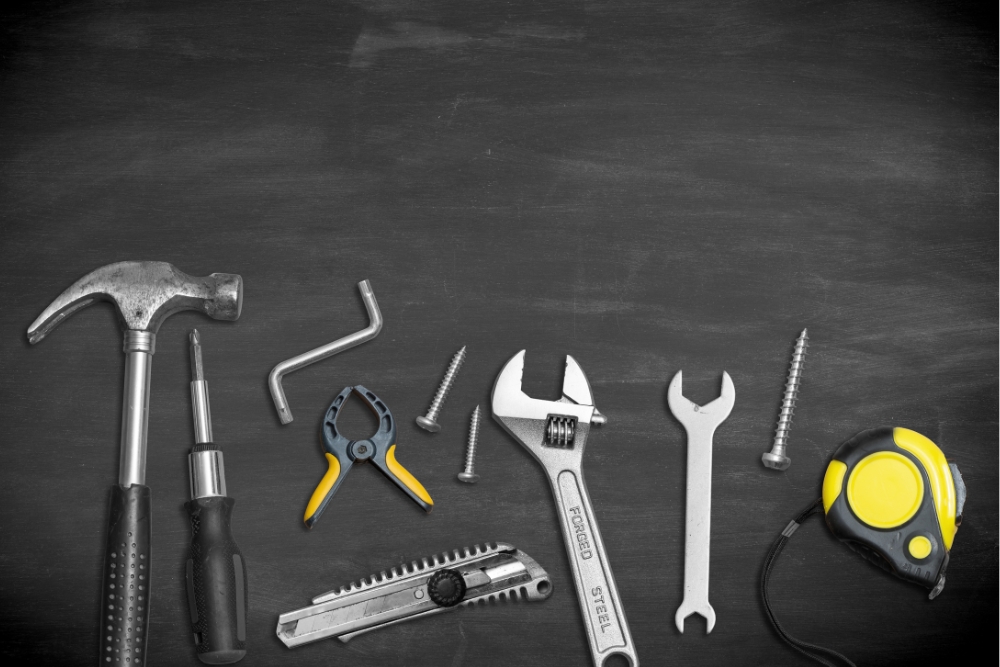Editor’s note: FM Perspectives are industry op-eds. The views expressed are the authors’ and do not necessarily reflect those of Facilities Management Advisor.
Recently, U.S. schools received a D+ grade on the 2025 American Society of Civil Engineers (ASCE) Infrastructure Report Card. This was disappointing, but to anyone who keeps tabs on K-12 facilities management, it likely would not have come as a shock. The country’s deferred maintenance crisis is widespread and longstanding; the average school building here is nearly 50 years old, and only 10% of total education spending is directed toward facility upkeep. As a result, our public schools are facing an estimated $270 billion in needed infrastructure repairs.

Deferred maintenance is a challenge putting ever-greater pressure on the operation of K-12 schools. Around the country, the bill for decades of delayed repairs is coming due. District leaders now need smarter solutions to avoid a vicious cycle in which school assets deteriorate more and more as repairs and upgrades are postponed for lack of resources. Research shows that well-maintained schools have a positive effect on students’ learning as well as staff retention and a host of other desirable outcomes, making our response to the deferred maintenance crisis a vital priority in the near future.
Doing Nothing Has a Cost
The backlog of maintenance tasks represents the cumulative effect of underfunding, outdated tools, and the difficult decisions districts must make when forced to prioritize immediate educational needs over long-term facilities planning. Unfortunately, rather than make problems disappear, deferring maintenance makes them more expensive, more disruptive, and potentially more dangerous.
Every unaddressed leak, flickering light, outdated HVAC unit, or failing fire alarm system has a cost—sometimes small, sometimes large, sometimes hidden, sometimes obvious. The first thing we need to change, in my opinion, is our thinking around the issue. Doing nothing is not doing nothing: It’s doing something wrong. Whether through decreased energy efficiency, time stolen from educators or facilities teams, or actual safety concerns, each task we put off adds to the burden schools bear in some way.
Proactive Maintenance: The First Line of Defense
Now more than ever, K-12 leaders must embrace a proactive mindset. The most resilient districts I’ve worked with have prioritized preventative maintenance plans that track asset conditions, schedule routine inspections, and document work completed. These strategies help preserve equipment, protect learning environments, and reduce long-term risk.
My advice is to start with the essentials:
- Structural integrity (roofs, leaks, foundations).
- Safety systems (sprinklers, fire alarms, emergency lighting).
- Energy efficiency (windows, insulation, lighting upgrades).
- Then, tackle frequently stressed systems like HVAC, restrooms, and plumbing.
All of this work should be guided by centralized data—ideally from a Computerized Maintenance Management System (CMMS) designed for K-12. Having one platform to track work orders, document repairs, and analyze asset health allows facilities teams to plan further in advance and respond faster when problems arise suddenly.
Building for Tomorrow Starts Today
If we’re going to reverse the deferred maintenance crisis, we need to say goodbye to the days of patching together spreadsheets. K-12 leaders need advanced, K-12-specific facilities management tools that centralize maintenance, work orders, and asset management. Otherwise, as we have seen, rising costs, tight budgets (which are projected to get even tighter this year), and fragmented systems will combine to overwhelm our educators, who already have more than enough to worry about.
On the other hand, districts that adopt modern, integrated solutions gain many advantages at once: They can justify budget requests with clear data, optimize staffing and resources, improve cross-departmental collaboration, and identify problem areas in a timely fashion.
If we want safer schools and stronger student outcomes, we must treat facilities as essential supports that enable uninterrupted learning. Every proactive inspection, every planned upgrade, and every data-driven decision contributes to a healthier, more effective learning environment. The deferred maintenance crisis is formidable and will take time to reverse. But with the right tools, visibility, and mindset, I know school districts can get ahead, and stay ahead.
Chris Burns is a senior product manager at Incident IQ responsible for their Facilities family of product offerings including work order management, asset management, preventative maintenance, parts and inventory, facilities event management, and more. Prior to joining Incident IQ, Burns spent nearly 10 years supporting K-12 schools in VMware’s End User Computing division.

